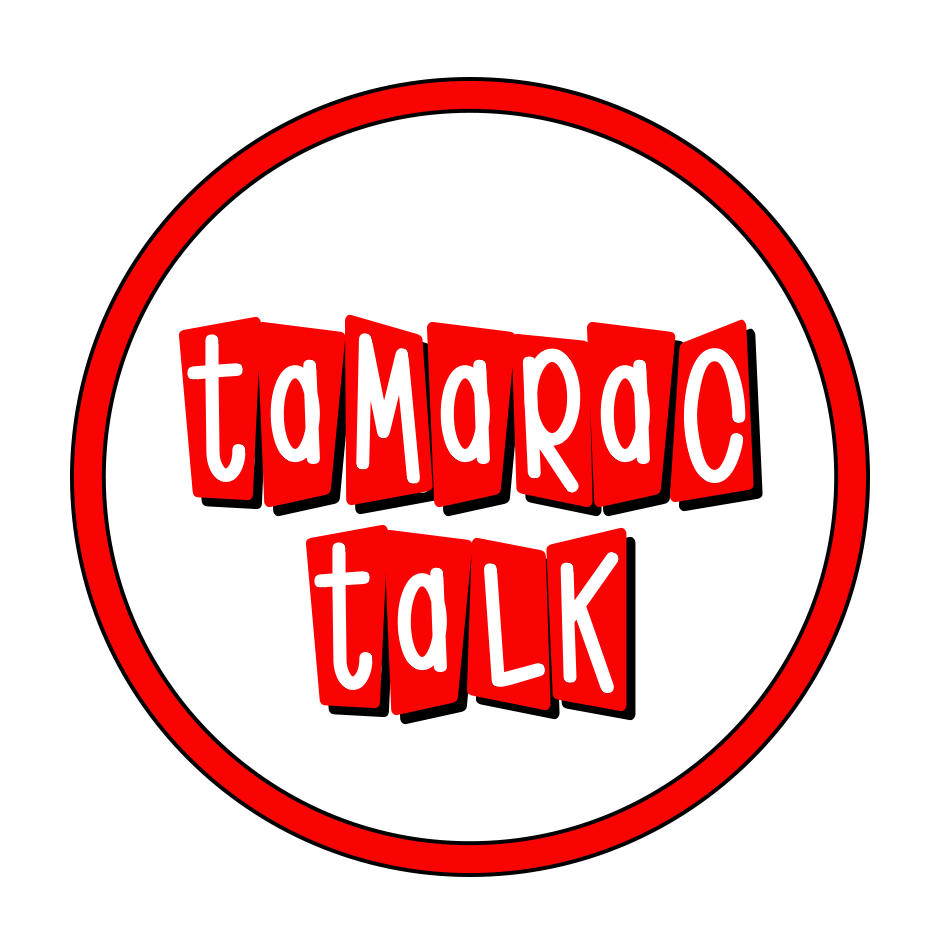By Agrippina Fadel
Tamarac city commission approved the proposed not to exceed the millage rate of 7.2000 mills for the taxable year 2022.
The rate discussion at the first budget meeting on September 12 turned into a political debate at one point, with Vice Mayor Mike Gelin suggesting cutting it down to 7.0000 and Mayor Michelle Gomez calling his proposal a “great little soundbite in an election year” that would “not work out in reality” and is a “disservice to the community.”
Both are running for the mayoral seat in the November election.
Jeff Streder, Budget Manager for Tamarac, explained that, while the millage rate of 7.2000 mills matches the 2022 rate, if it is adopted, the residents with a median taxable home will pay, on average, $40 more than last year.
Cutting the rate by a tenth of a mill means the residents will save $14, while the city budget will not receive around $500K in taxes. Cutting it by a tenth of two mills means Tamarac’s budget will be missing a million dollars, while the savings to a single household will be only $28.
Streder said the proposed rate exceeds the rolled-back rate of 6.4387 mills by 11.82%.
He explained that the millage rate is a multiplication rate applied to every $1000 in taxable value that determines the amount of taxes a house owner owes to the city. For a Tamarac home valued at $150,000, the ad valorem tax would be $1080: total value divided by 1000 and multiplied by the amount of the millage rate.
The proposed rate supports the operating budget for the fiscal year 2023 and will allow the city to maintain current service levels to residents, provide funding for three additional full-time positions, and convert an existing part-time position to full-time.
He added that the funding for capital improvements in 2023 would again rely heavily on appropriated fund balance, as it had for years.
“[The] city reached a point a few years back where no annual operating revenue is available to fund capital improvements, so we look to the undesignated savings for general fund savings to fund those projects,” Streder said, adding that if approved, the millage rate will fund the desired level of capital improvement projects.
Gelin said with the “challenges in the economy,” the city should lower the taxes for the residents, going as far as emailing a spreadsheet with his interpretation of the budget numbers to the city staff during the commission meeting.
He took the data that the staff gave the commission and “put in in an easier to read format,” to which City Manager Kathleen Gunn said she and her staff did not have a chance to see it. Gomez suggested the document should have been sent out in advance.
To Gelin’s question of why the city can’t wait with the capital improvements until the economy is better, Gunn replied that the city had put off such improvements for the past two years.
“The residents expect the city to take care of them,” Gunn added.
She called the proposed budget “measured and thoughtful” and said “it does not unduly burden taxpayers yet is sufficient” for the city to continue contributing to the high-level quality of life that residents and businesses expect.
Gomez said that the city leaders know that residents want paved and clean roads, maintained parks, and clean water, and expect the capital improvements projects to be done after being put on hold for a few years.
“It is a rough balance to figure out if we help out every home at approximately $14 to $35 savings in taxes per year, depending on the value of their home, and figuring out where the city can cut half a million dollars [for each tenth of a mill cut] in programming and services to the residents and business owners,” said Gomez.
Gelin said Tamarac should drop the millage rate and concentrate on bringing new developers into the city and getting more business taxes.
“There are certain things that sound really good,” said Gomez, “but in reality and practice, they don’t work out well. As much as the city is doing a great job trying to bring in businesses and economic development, it takes years for them to get online.”
She said cutting the rate point two mills will take a million dollars out of the city’s budget that could pay for services residents need and request.
“We didn’t cause inflation, and neither did the city of Tamarac,” said Gomez. “We are all trying to deal with the same economic issues going on in this country,” said Gomez, adding that the staff always works in the interest of the residents while operating at 2.8 city employees per capita instead of 4, as they are supposed to.
The commission approved the 7.2000 millage rate with a 3-2 vote, with Gelin and commissioner Marlon Bolton voting no.
Since the approved rate is not to be exceeded, at the second budget meeting on Tuesday, September 22, at 5.05 p.m., the commission can recommend lowering the rate but not making it higher.
Got News in Tamarac, Lauderhill, or North Lauderdale? Send it to Tamarac Talk.
Author Profile

Latest entries
 NewsOctober 13, 2025Ticket Alert: Two Musical Acts Bring Broadway, Opera, and Jazz to Kings Point
NewsOctober 13, 2025Ticket Alert: Two Musical Acts Bring Broadway, Opera, and Jazz to Kings Point NewsOctober 6, 2025Ticket Alert: Kip Sweeny Brings the Music of Garth Brooks to Kings Point Palace
NewsOctober 6, 2025Ticket Alert: Kip Sweeny Brings the Music of Garth Brooks to Kings Point Palace NewsSeptember 29, 2025Ticket Alert: Motown’s Greatest Hits Live on Stage at Kings Point Palace
NewsSeptember 29, 2025Ticket Alert: Motown’s Greatest Hits Live on Stage at Kings Point Palace NewsSeptember 21, 2025Ticket Alert: Start Me Up! Brings Rolling Stones Tribute to Kings Point Palace
NewsSeptember 21, 2025Ticket Alert: Start Me Up! Brings Rolling Stones Tribute to Kings Point Palace






